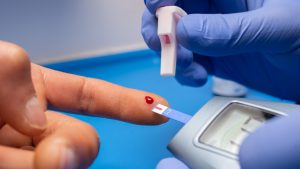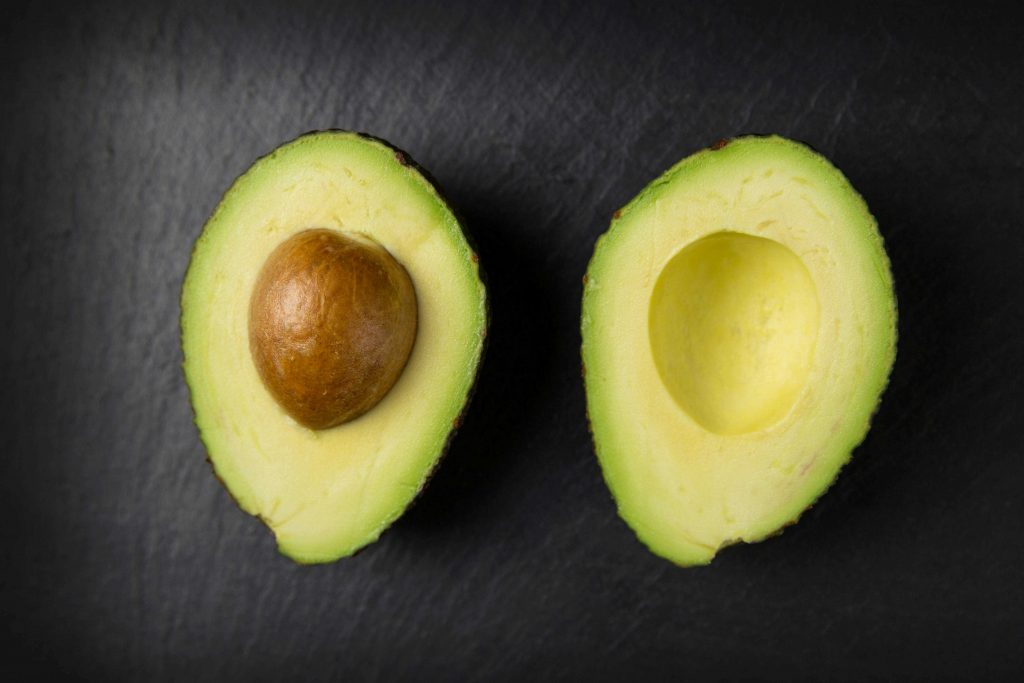Transforming your health doesn’t require dramatic overhauls—small, consistent changes can lead to incredible results over time. For individuals managing diabetes, focusing on gradual shifts can make healthy living sustainable and enjoyable. Here are five approachable habits to embrace in 2025:
1. Start with the Rule of 1%
Small, daily improvements can compound into significant progress. Commit to simple, actionable changes this year:
Drink more water: Replace one sugary beverage a day with water infused with fresh fruit or herbs.
Add one vegetable: Incorporate a colorful veggie into each meal for added nutrients and fiber.
Move a little more: Begin with just 5-10 minutes of light exercise, like stretching or walking, and gradually increase.
Actionable Tip: Write down one small habit to improve each month and track your progress in a journal.
2. Practice Mindful Eating
Eating with awareness can transform your relationship with food and improve glucose management:
Slow down: Chew thoroughly and take time to savor the flavors in each bite.
Listen to your body: Learn to distinguish between physical hunger and emotional cravings.
Choose whole foods: Focus on natural, unprocessed ingredients that nourish your body.
Actionable Tip: Dedicate one meal a day to eating without distractions, such as screens or multitasking.
3. Prioritize Restful Nights
Quality sleep supports energy levels, mood, and healthy glucose regulation. This year, aim for consistent, restorative sleep:
Set a bedtime: Establish a regular sleep schedule and stick to it, even on weekends.
Create a sleep haven: Keep your bedroom calm and clutter-free, using soft lighting and soothing scents like lavender.
Unwind naturally: Spend the last hour of your day away from screens to prepare your mind and body for rest.
Actionable Tip: Keep a sleep journal to track hours slept and how you feel each morning.
4. Move with Intention
Regular movement doesn’t have to feel like a chore. Discover joyful ways to stay active in 2025:
Dance it out: Turn up your favorite music and let loose in your living room.
Find a hobby: Gardening, biking, or even cleaning can count as physical activity.
Stretch it out: Incorporate gentle yoga or morning stretches to start your day with energy.
Actionable Tip: Set a timer to stand and stretch for 2-3 minutes every hour during your day.
5. Build a Supportive Environment
Your surroundings can either empower or hinder your health journey. This year, create an environment that supports your goals:
Stock up smart: Keep your pantry filled with wholesome, plant-based staples like grains, beans, and nuts.
Stay inspired: Decorate your space with motivational quotes or reminders of your progress.
Lean on community: Share your goals with friends or join a group for mutual encouragement.
Actionable Tip: Host a weekly accountability check-in with a friend or family member to share successes and challenges.

Type 2 Diabetes: Is It Really Reversible?
A recent National Geographic article [link] explores how type 2 diabetes could be reversible with the right approaches. This condition, which affects millions of people worldwide, has long been considered a chronic and progressive disease. However, recent research challenges this perception and suggests that with lifestyle changes and the right approach, remission is possible. The

How Do GLP-1 Drugs Compare? A Breakdown of Ozempic, Mounjaro, and Trulicity
GLP-1 receptor agonists have revolutionized diabetes management, with drugs like Ozempic, Mounjaro, and Trulicity leading the market. But how do these medications compare in terms of effectiveness, side effects, and patient outcomes? Let’s explore their differences and what they mean for diabetes patients. Understanding GLP-1 Medications GLP-1 receptor agonists mimic a natural hormone that helps

Why Has Medicare Spending on Diabetes Medications Skyrocketed in 5 Years?
In the past five years, Medicare spending on diabetes medications has increased nearly fivefold, reaching $35.8 billion in 2023. This surge has been primarily driven by the growing use of GLP-1 drugs such as Ozempic, Mounjaro, and Trulicity. But what is behind this cost escalation, and how does it affect patients and the U.S. healthcare

The Gut Microbiota and Blood Sugar Control: A Hidden Connection
The human gut is home to trillions of bacteria that play a crucial role in digestion, immune function, and even metabolism. Recent research has revealed a fascinating link between the gut microbiota and blood sugar regulation, shedding light on how the balance of microbes in our intestines can influence diabetes risk and overall metabolic health.

The Dawn Phenomenon: Why Blood Sugar Rises While You Sleep
For many people with diabetes, waking up with high blood sugar levels can be frustrating—especially if they didn’t eat anything overnight. This early-morning spike in blood glucose is known as the Dawn Phenomenon, and it happens due to natural hormonal changes in the body. But why does it occur, and how can it be managed?

The Influence of Red Light on Blood: Can It Improve Diabetes?
Type 2 diabetes is a metabolic disease characterized by insulin resistance and elevated blood glucose levels. In the search for complementary alternatives to improve glycemic control, red light therapy has gained attention due to its potential to enhance circulation, reduce inflammation, and optimize cellular function. But what does science say about it? ✨ What is

